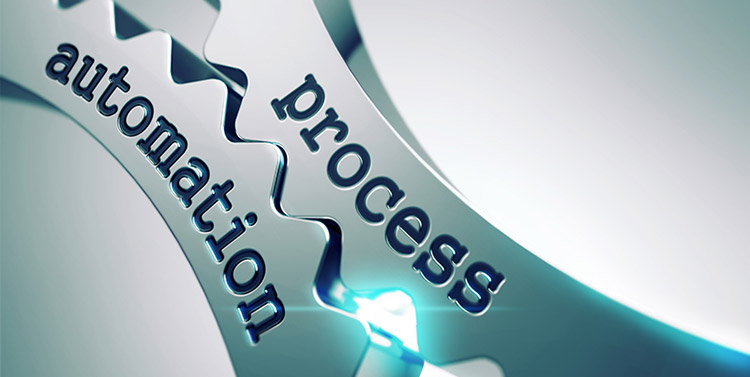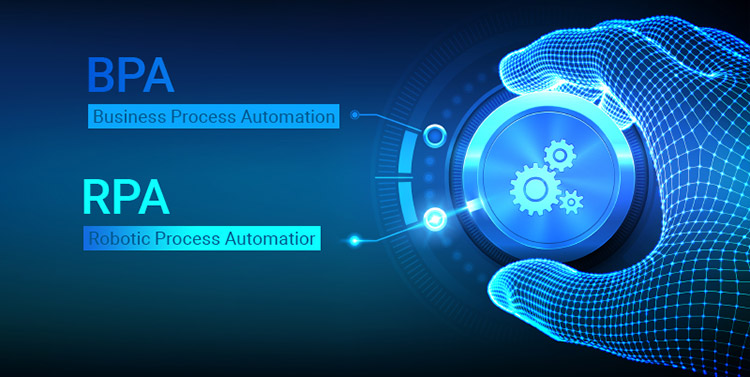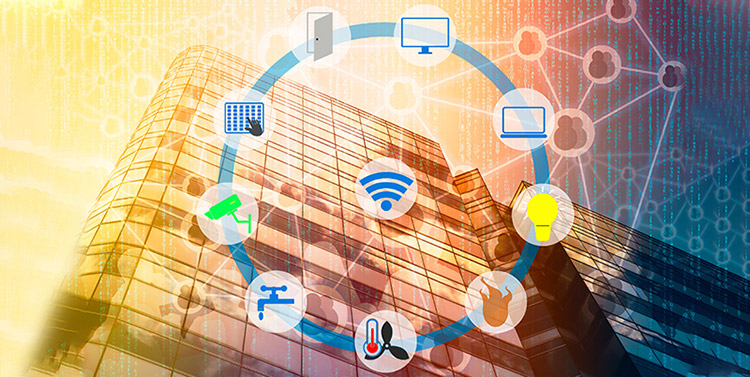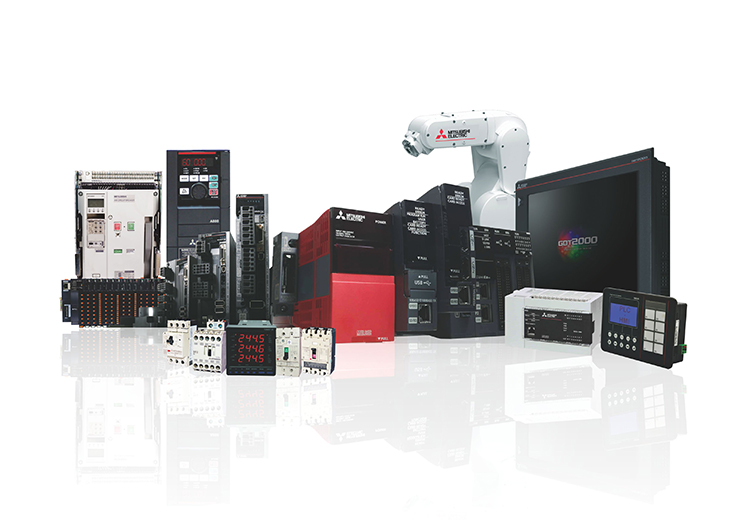
Automation has helped the manufacturing industry tremendously. As a technology, it helps reduce the need for human effort or assistance for any process that is followed at manufacturing units, factories, and so on. Automation also helps to operate equipment with the help of various control systems that are designed to ensure minimal human intervention, if any.
Automation has always been touted as a way to improve efficiency, reduce cycle times, increase production, ensure better quality, and much more. An added advantage of automation is that it makes the work environment at manufacturing units much safer.

In layman terms, Industrial automation refers to the implementation of human operated computers and robots for the purpose of handling various industrial processes, machinery, and equipment in the industry. It allows for increasing the product quality and ensures better reliability, at the same time helping reduce the costs of design and production.
Fixed or Hard Automation: In fixed or hard automation, the system is designed to perform a repetitive set of operations which allows for high production rates. The fixed sequence used for assembling or processing the operations is automated using special purpose or dedicated equipment. After the sequence has been automated and employed, there is little chance of making changes to the product design. Fixed or hard automation is known to be one of the best ways for increasing efficiency with faster production rates and lesser costs per unit.
Programmable Automation: In programmable automation, a certain class of changes can be affected on both the product, as well as the processing or assembly operations by modifying the control program of the automated equipment. This type of automation is best suited for medium to high-volume batch production processes. Programmable automation can be seen at paper mills, steel rolling mills, in industrial robots, etc.
Flexible or Soft Automation: Flexible or soft automation allows for greater flexibility in making changes to the product design. Commands that are given in the form of codes ensure that the changes are performed quickly. Using flexible automation enables the manufacturing of multiple products of various ranges in a combined process.
The benefits of implementing industrial automation include: –

Employed to automatically control processes in chemical and oil refineries and paper and pulp factories, process automation systems use a network that allows for interconnection of sensors, controllers, actuators, and operator terminals. These systems are based on the open standards of control systems and have been associated with SCADA systems as well. The use of process automation can also be seen in power plants, mining, and in the cement industry, allowing them to operate in a much more effective and safer way. Process automation came into effect after plant operators started finding it difficult to physically monitor performance values and output quality. The implementation of process automation has helped in simplifying data collection and storing and analysing the collected data.

Robotic Process Automation: Also known as RPA, this form of automation works with the help of metaphorical robots (commonly known as bots), which is basically software that is designed for specific functions, artificial intelligence (AI), and digital workers. The robotic process automation system creates an action list after observing a user performing the task in the graphical user interface and performs the automation process by repeating those tasks directly in the same graphical user interface. RPA has garnered a lot of attention and is being implemented in several industries of late. The benefits of robotic automation include accuracy and quality, better flexibility and control, improved cycle time, and workforce empowerment.
Business Process Automation: Also known as digital transformation, business automation, and BPA, this is a technology-backed automation system that assists the operation of complex business processes. The business process automation system includes integrating applications, implementing software applications, and restructuring labour resources throughout the business. By implementing business process automation, corporates and organisations can streamline their operations for improved simplicity. It can also help businesses achieve the much-required digital transformation and help them better the quality of their services, improve deliveries, and control costs. Other benefits of BPA include better employee engagement, a productive workforce, and improved governance.

Automation techniques and systems are now being implemented in home management as well. Known as the Building Management System (BMS) or Building Automation System (BAS), this is a computer-enabled control system that is installed in buildings to help control and monitor the mechanical and electrical components of the building. BMS comes with software and hardware, wherein the software program is configured using coding protocols like CC-Link IE, C-Bus, Profibus, and so on. Today, with the advances in technology, BMS can also be integrated with internet protocols and open standards.
The benefits of BMS are many, some of which include:
The implementation of building automation systems allows for enhanced safety, better monitoring and targeting of energy consumption, controlled rainwater harvesting, and so on, all of which can prove to be highly beneficial for buildings and homes.

Mitsubishi Electric offers a vast range of automation and processing technologies to help you bring in higher productivity and efficiency to your business. Some of the most popular automation products by Mitsubishi Electric include Programmable Controllers, Motion Controllers, Data Logging Analysers, Industrial and Collaborative Robots, Graphic Operation Controllers (GOC), Low Voltage Switch Gear products, and much more. Other than these, we also offer:
With more and more automation systems being launched consistently, the future of enterprises and manufacturing units is bright and automated. At the end of the day, the core motto at Mitsubishi Electric is to offer automation systems that not only enhance the productivity of workers but also to partner in realizing India’s dream to be No. 1.